There’s no shortage of advice for saving energy. Unfortunately, not all of the advice you come across is worth following. As technology improves and information becomes outdated, some long-held energy ideas have morphed into myths. Other myths have no basis in fact and never have. We’ll try to clear up the confusion.
Myth #1: Turning down your hot water heater is a mistake because it takes more energy to heat the water back up after it has cooled.
Fact: Your water heater is an energy-gulping monster. It takes a lot of power to keep 50 or more gallons of water constantly hot enough for a comfortable shower. If you can avoid running it at full heat-producing capacity for 36 hours or more, you will save money. While it does take energy to heat the water tank up to temperature, it is more than offset by the savings of not operating it at all, even for a short period.
Myth #2: Turning off appliances saves energy. It isn’t necessary to unplug them.
Fact: Appliances, especially those with digital displays and remote controls, are constantly drawing energy if they are plugged in to the outlet. Chargers for devices like cell phones, cameras, and even your rechargeable batteries are known as “energy vampires” for a reason. When they are not attached to their devices, they continue to suck the power from the outlet. So, pull the plug or flip the switch on your power strip.
Myth # 3: Closing off the vents in rooms you aren’t using improves your HVAC system’s efficiency.
Fact: Your HVAC system is sized for your entire house, or a zone within your house, not just a certain room. If you close off the vents to part of the house, you can harm the system’s efficiency. Also, with a forced-air system, there is a danger of causing a build up of pressure in the ducts, which could lead to increased leakage of air through gaps in those ducts.
Myth #4: Setting the thermostat higher warms up a home faster in the winter. Likewise, setting it lower cools faster in the summer.
Fact: Heating and cooling systems are designed to operate at maximum power when they are first turned on, which means they can’t give any more no matter what the thermostat says. It is likely, however, that the systems will run longer to reach the unnecessarily extreme temperature you’ve set in order to achieve energy savings you won’t be getting.
Myth #5: It takes more energy to switch lights off and on again than it does to keep them running. Plus, turning lights on and off frequently shortens their life span.
Fact: Not true on either point. The savings associated with shutting down power – even for a few moments – make it worth the effort to flip the switch when you leave a room. And with improvements in technology, lights are much less temperamental about such things as switching frequency. So flip away.
Like these tips? Subscribe to NOPEC's Energy Connection newsletter for energy-efficiency tips and chances to win smart home technology.


